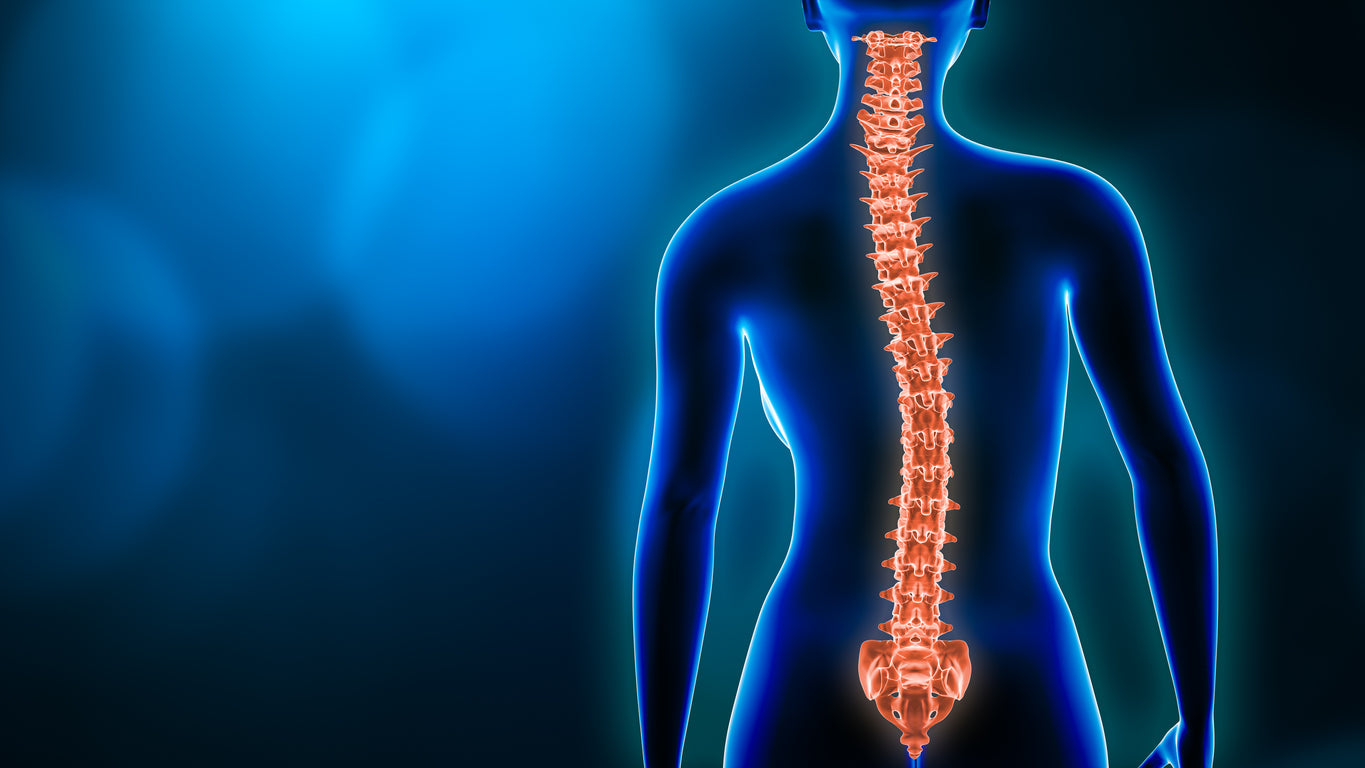In the intricate tapestry of human anatomy, the relationship between different body parts often goes unnoticed. One surprising and overlooked connection lies in the link between small jaws and the potential for body imbalances, which can, in turn, contribute to the development of scoliosis. This complex relationship highlights the importance of understanding how seemingly unrelated factors can influence spinal health.
The jaw, often considered in the context of dental health and facial aesthetics, plays a more profound role in our overall well-being than we might realize. When the jaw is small or misaligned, it can set off a chain reaction of events that extend beyond the facial region, affecting the spine and contributing to musculoskeletal imbalances.
The temporomandibular joint (TMJ), a critical component of the jaw, connects the jawbone to the skull. When the jaw is small or retruded, it can place increased stress on the TMJ, leading to temporomandibular joint disorders (TMD). The discomfort associated with TMD often prompts individuals to adopt compensatory postures to alleviate jaw-related pain, unknowingly setting the stage for broader body imbalances.
One notable consequence of these compensatory postures is the potential development of scoliosis. Scoliosis is a condition characterized by an abnormal curvature of the spine, typically presenting as a sideways curvature. As individuals adjust their posture to alleviate jaw-related discomfort, it can lead to asymmetrical loading of the spine, contributing to the development or exacerbation of scoliotic curves.
The upper cervical spine, comprising the atlas and axis vertebrae, is particularly susceptible to misalignments when jaw issues are present. A small jaw can influence the alignment of the upper cervical spine, leading to a head-forward posture or rotation. This altered head position places additional stress on the spinal column, potentially contributing to the initiation or progression of scoliotic curves.
Moreover, small jaws may impact the airway, potentially leading to conditions like sleep apnea. Individuals with sleep apnea often adopt specific head and neck positions during sleep to maintain an open airway, further influencing spinal alignment. Prolonged periods of altered spinal positioning, whether awake or asleep, contribute to imbalances that may be a precursor to or exacerbate scoliosis.
Addressing the connection between small jaws, body imbalances, and scoliosis requires a comprehensive approach. Orthodontic interventions, such as braces or aligners, can be instrumental in correcting jaw misalignments and reducing stress on the TMJ. Physical therapy, chiropractic care, and postural exercises play a crucial role in addressing musculoskeletal imbalances and promoting proper spinal alignment.
Awareness of this intricate connection emphasizes the importance of a multidisciplinary approach to health. Collaboration between dental professionals, orthopedic specialists, and physical therapists can provide a holistic perspective, addressing not only the symptoms but also the underlying causes of small jaws and associated spinal issues.
In conclusion, the relationship between small jaws, body imbalances, and the potential for scoliosis highlights the interconnected nature of our anatomy. By recognizing and addressing these connections, we can take proactive steps to promote optimal spinal health, laying the foundation for a balanced and pain-free life.

